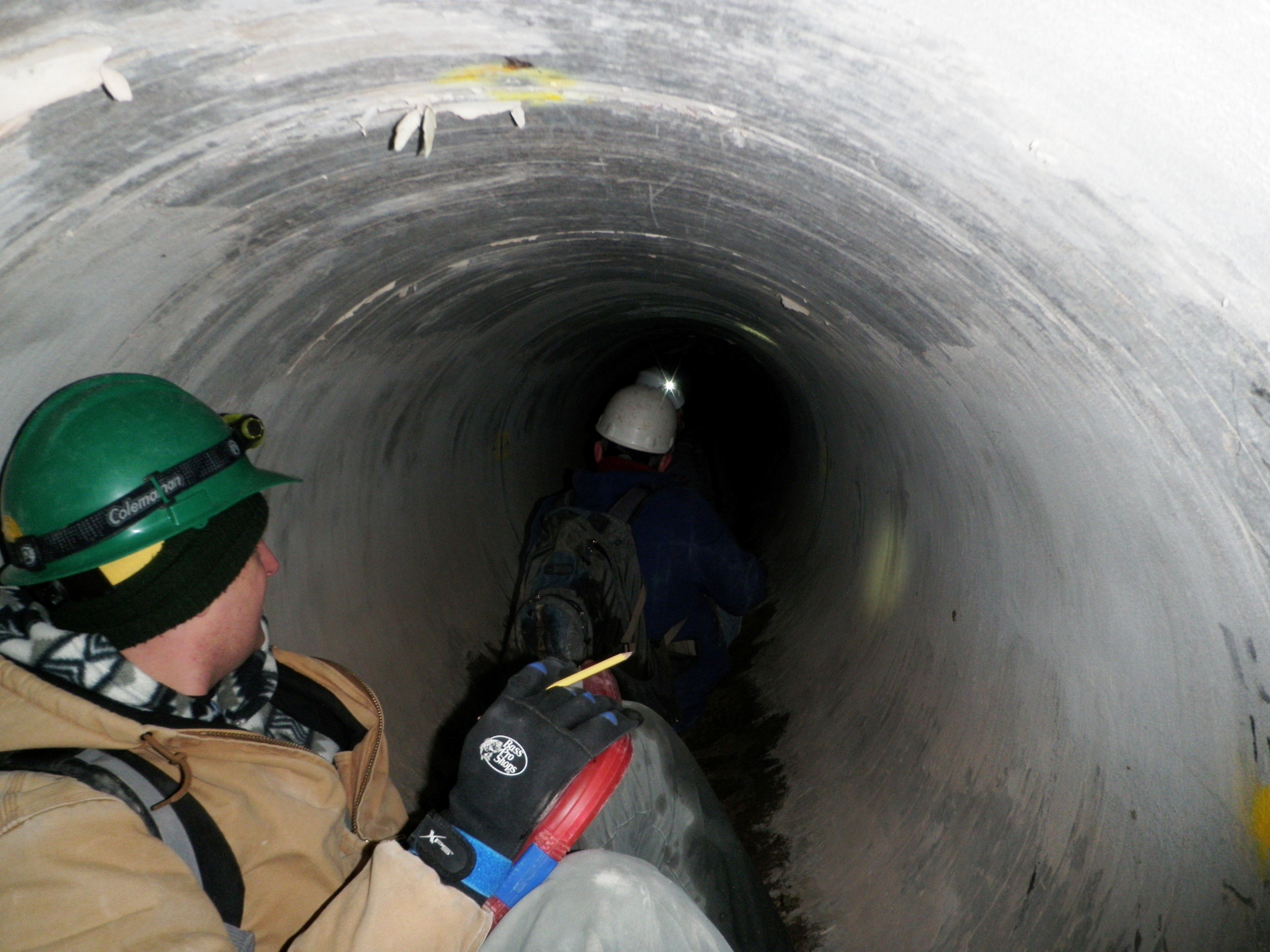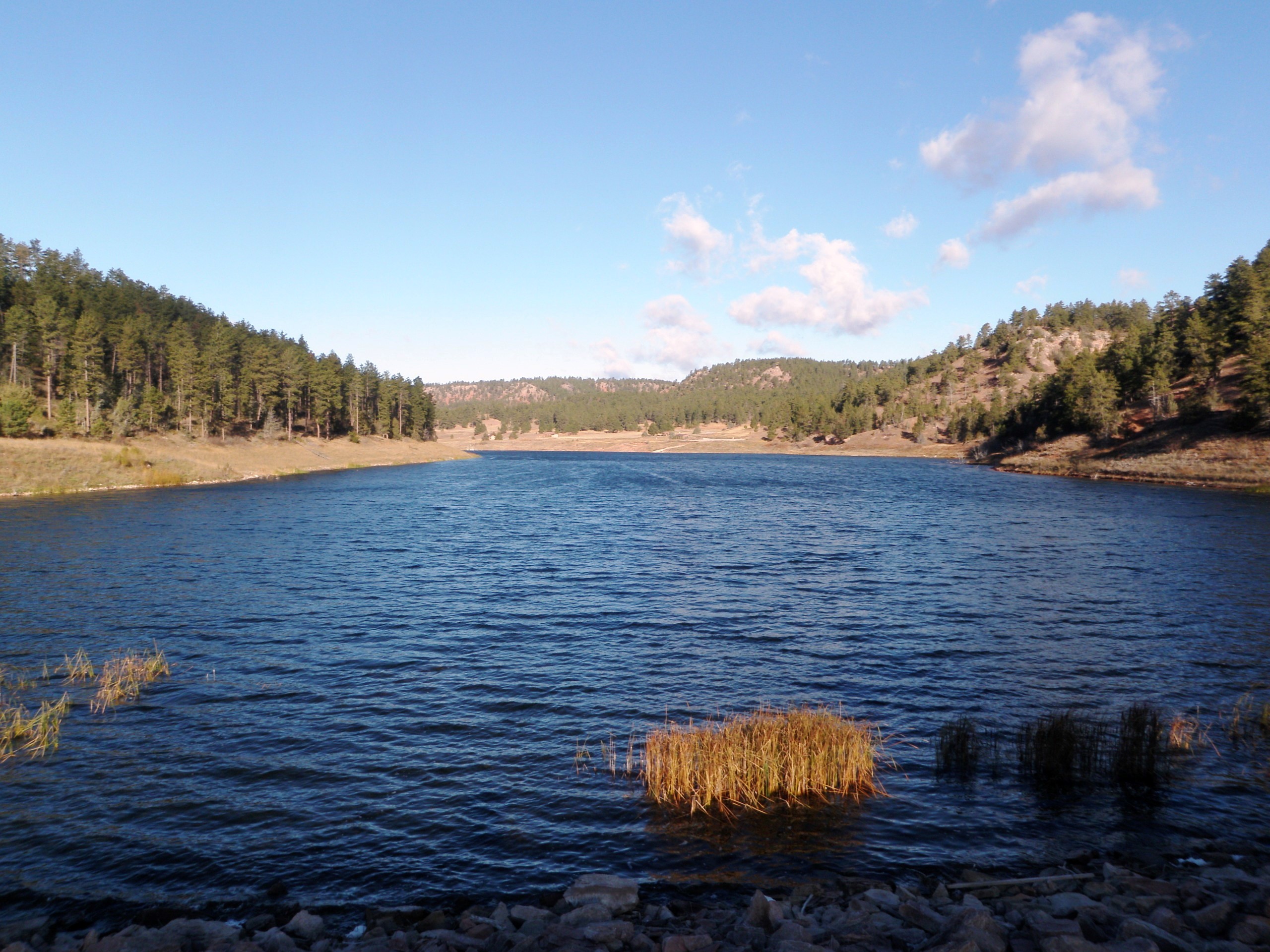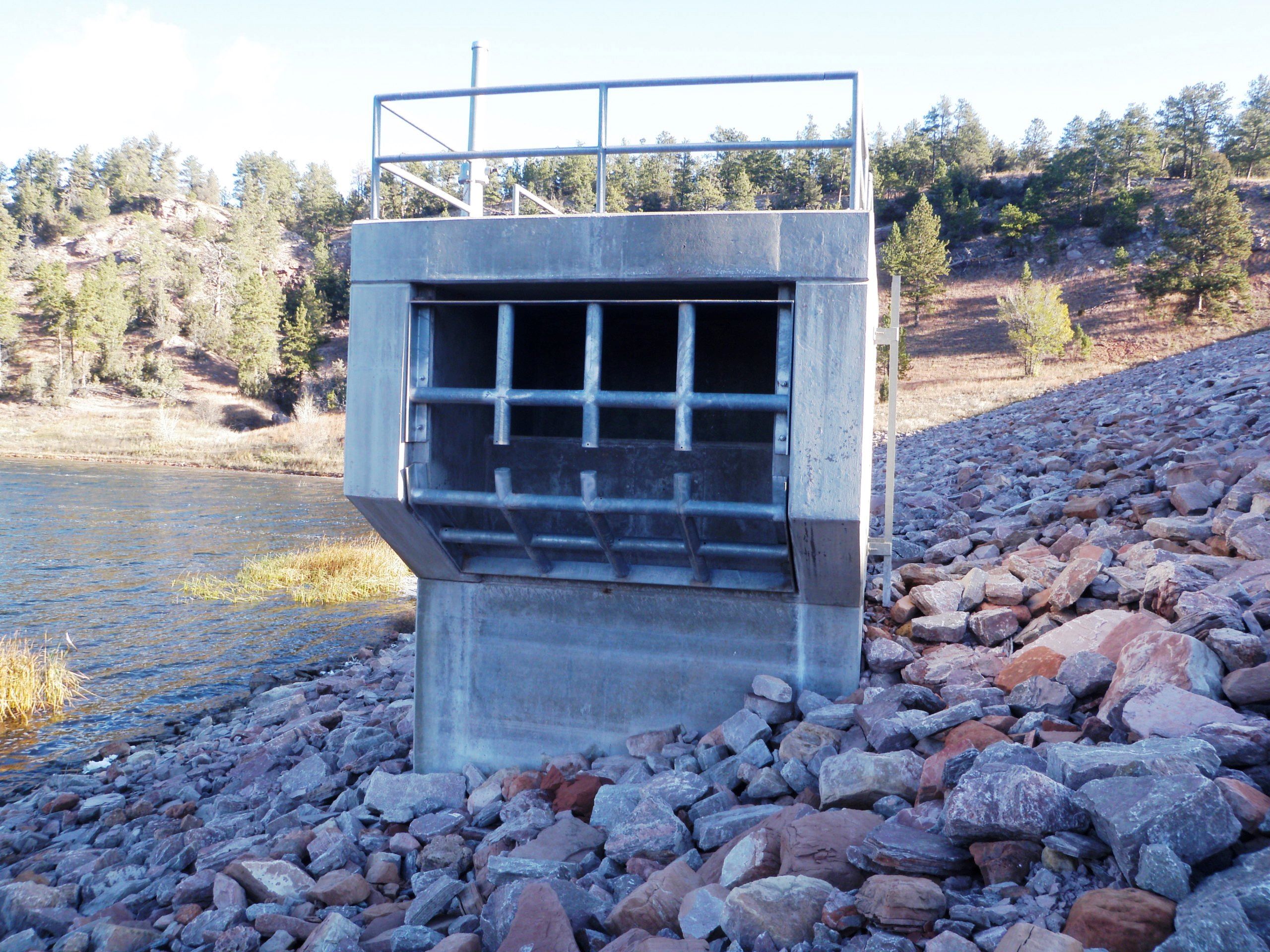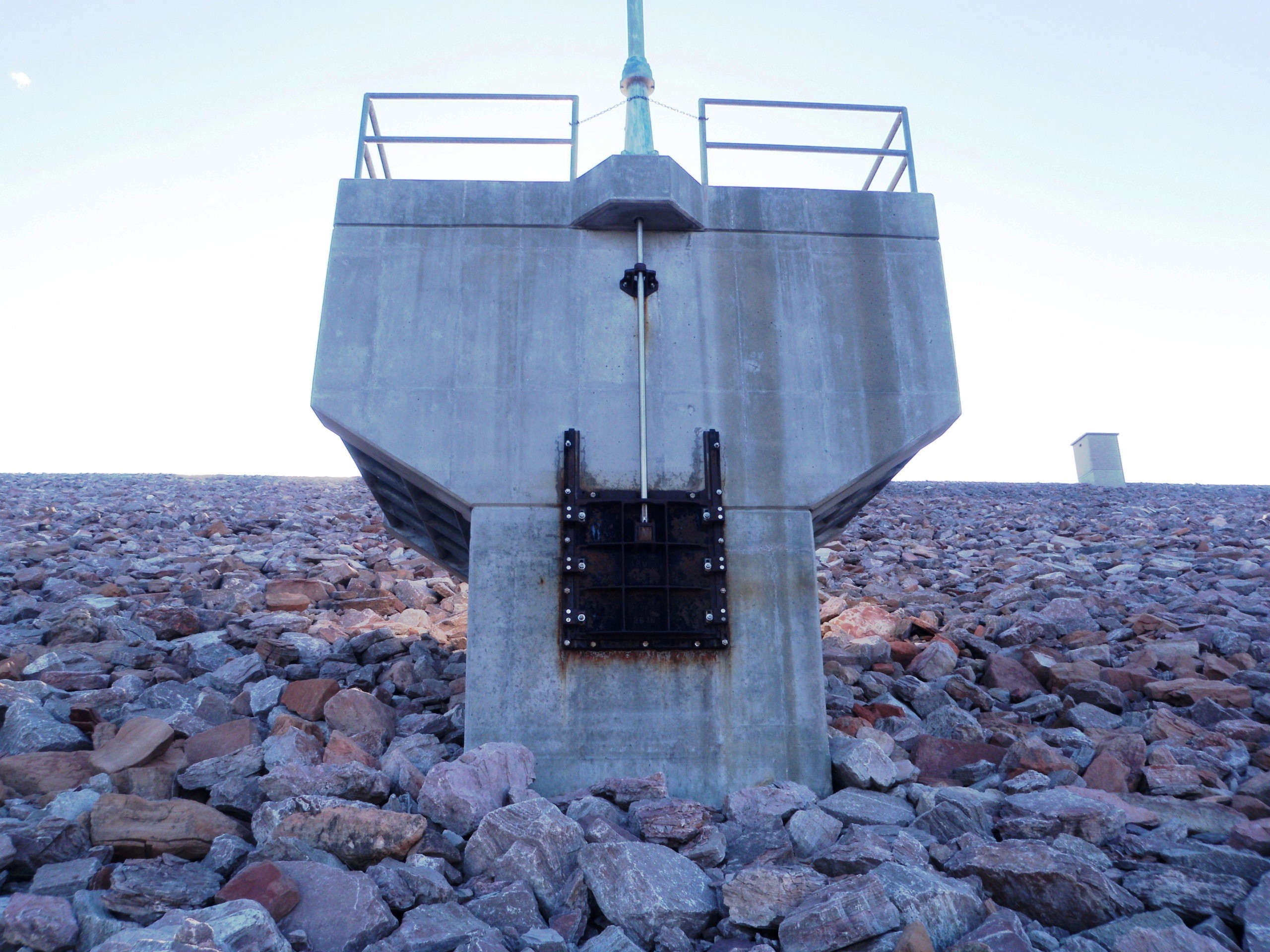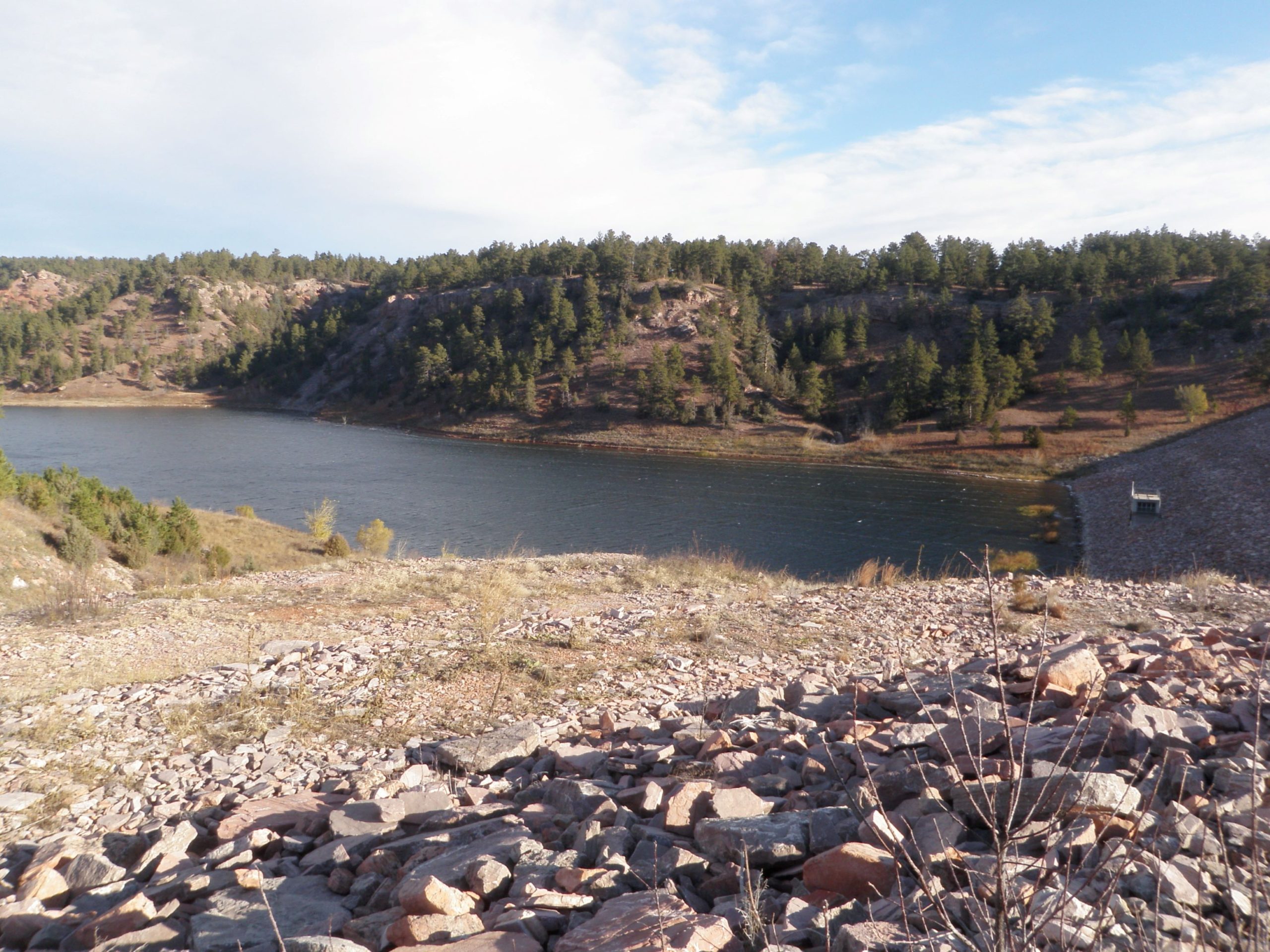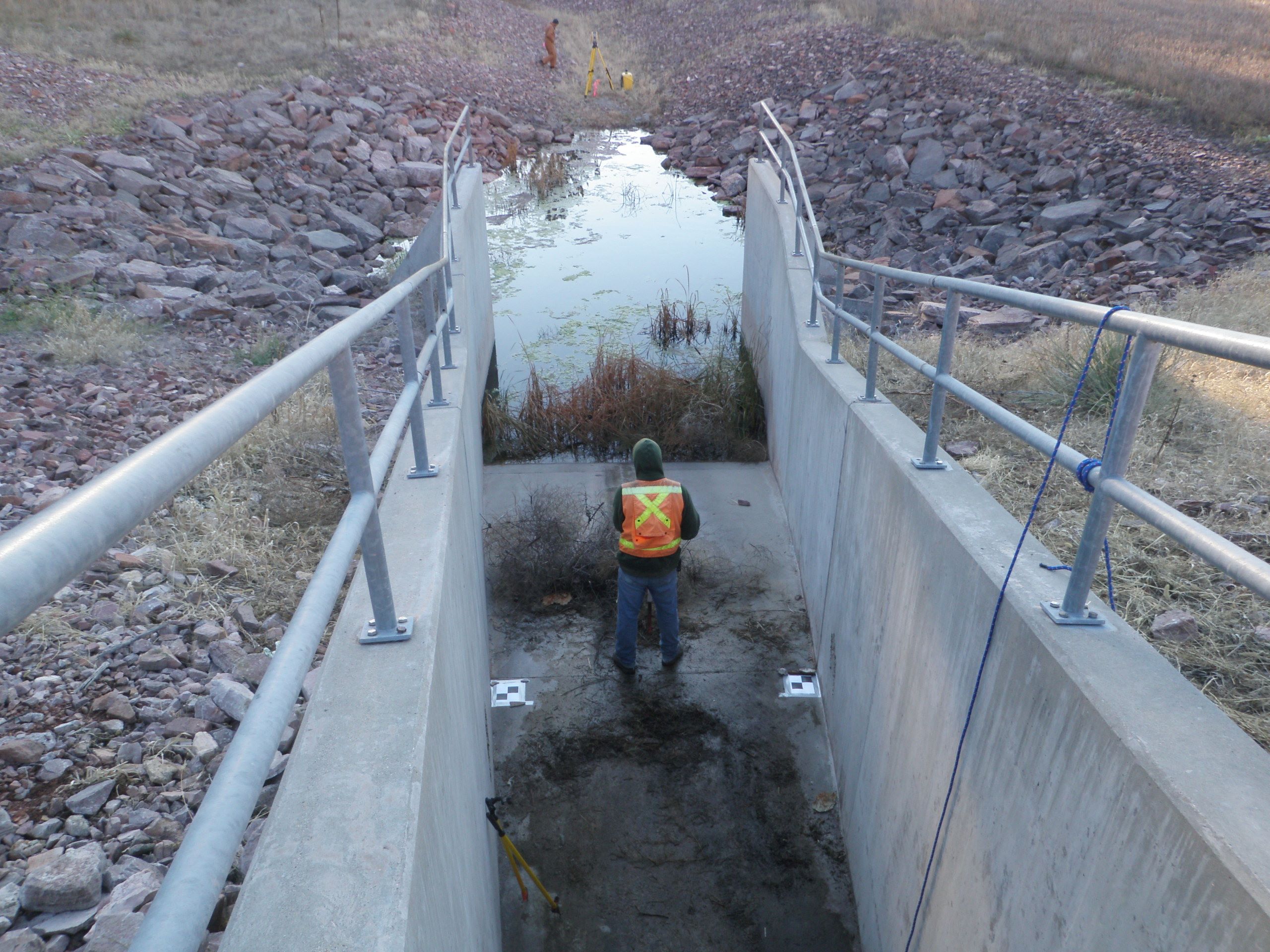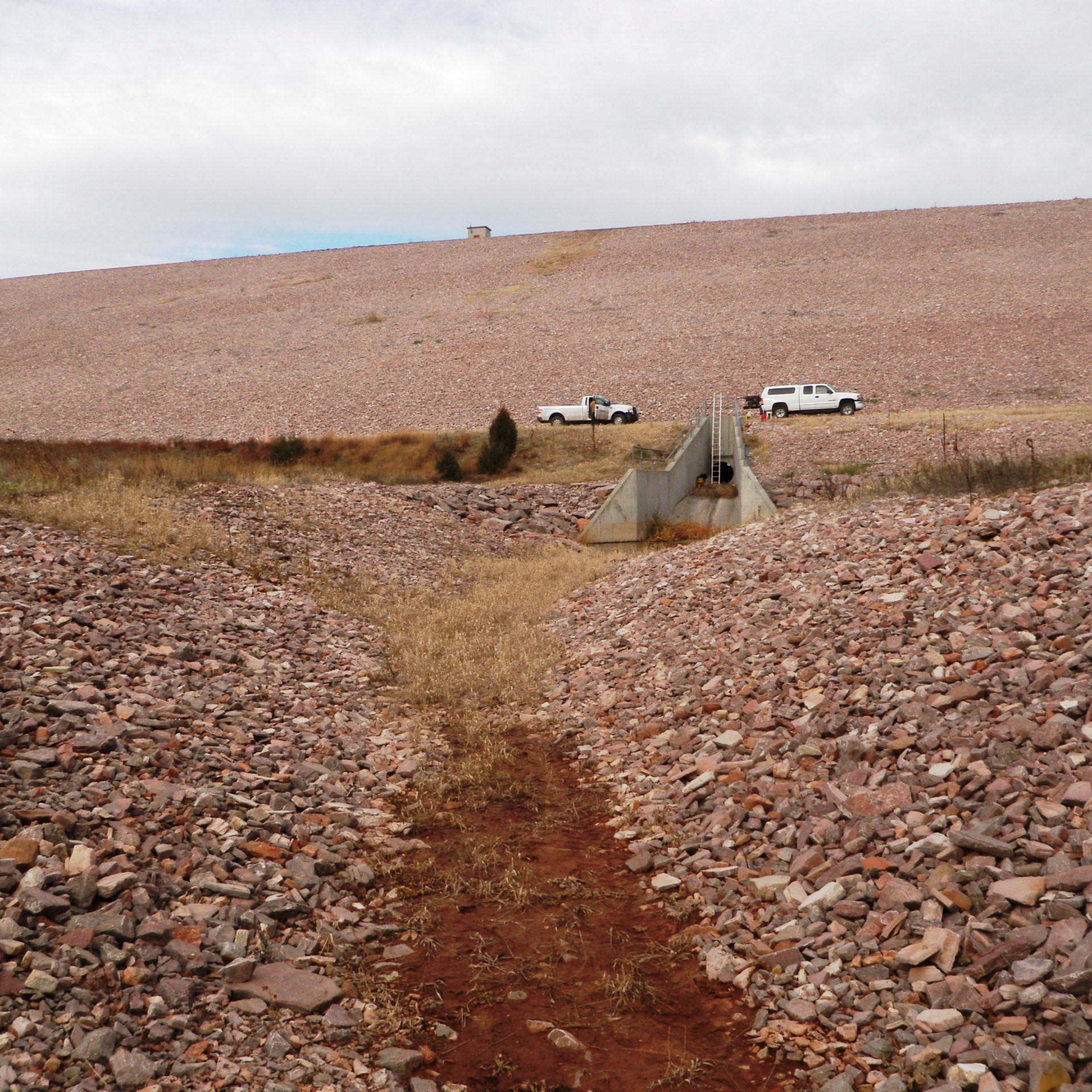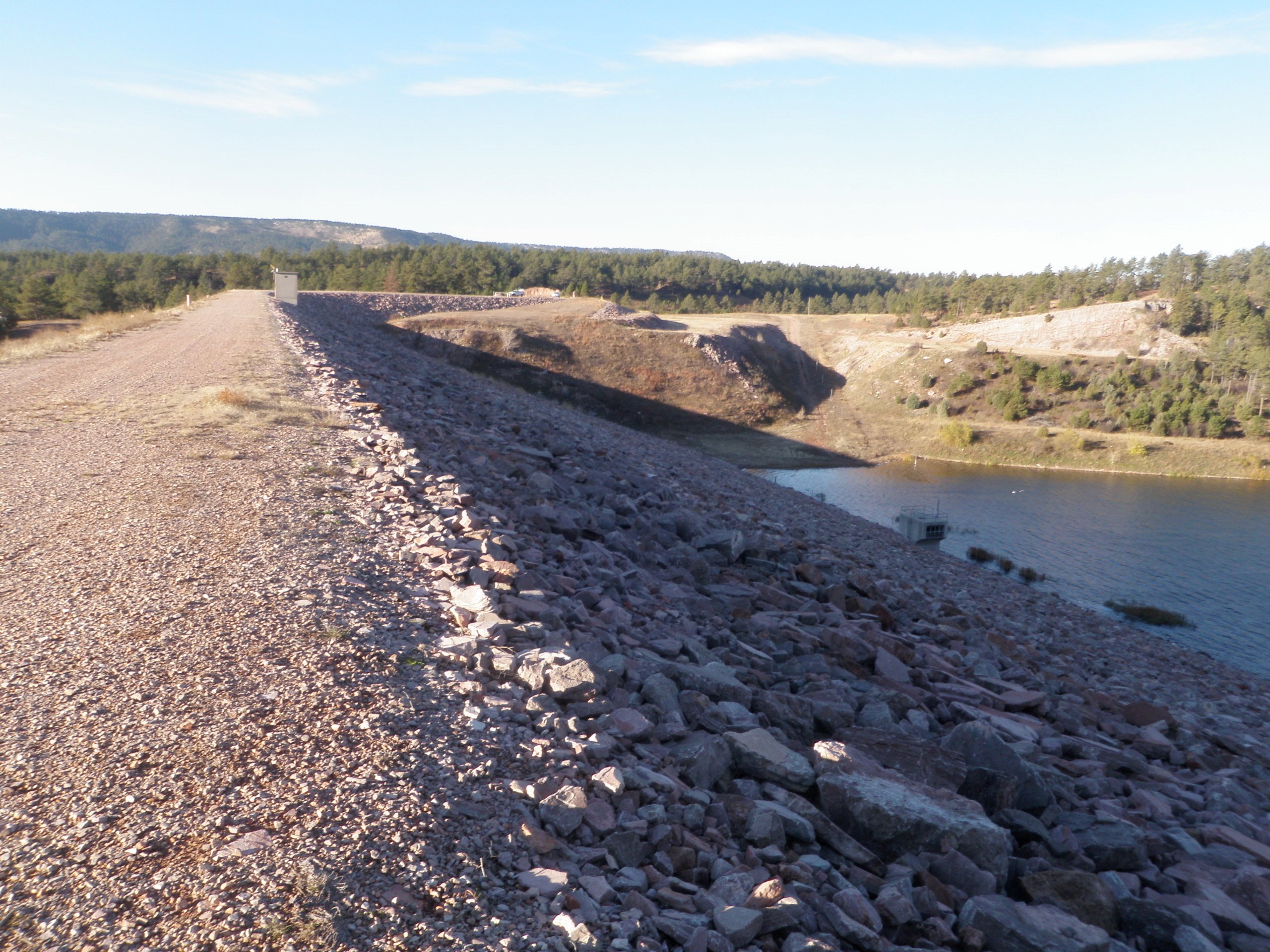
Cottonwood Springs Conduit Evaluation – Cottonwood Springs Dam, SD
Federal Services - Project
Project Description
Cottonwood Springs Conduit Evaluation – Cottonwood Springs Dam, SD
| Midwest Levee Inspectors, a joint venture between Intuition & Logic and Hultgren-Tillis Engineering, was contracted by the United States Army Corps of Engineers (USACE) Omaha District to evaluate the Cottonwood Springs Dam Conduit. |
| The conduit has experienced significant settlement following the 1969 construction of the 123 feet tall dam that caused cracking and leakage of the joints below the apex of the embankment as well as axial and transverse cracking throughout the length of the conduit. |
The scope of work was to evaluate damage that has occurred to the cask-in-place conduit from the intake structure to the stilling basin and identify possible rehabilitation methods to restore reliability of the conduit during a flood event. The SOW included:
|
Project Details
Key Personnel:
- Mark Meyer, PE
- Robert Prager, PE
- Tim Dean, PE
This project illustrates successfully completed work in the following identified categories:
- Inspection,
- Hydraulic Engineering,
- Alternatives Analyses,
- Cost Analysis,
- Report Writing
- Hydrologic Studies
- frequency analyses of stream flow data
- precipitation-runoff simulation of storm events
- stream flow and reservoir routing
- flood routing
- rainfall-runoff modeling
- probable maximum flood and probable maximum precipitation determination
- Water Supply and/or Flood Control Storage Requirements.
- Determining water supply and flood control storage requirements
- Cost Engineering
- Prepare cost estimates
